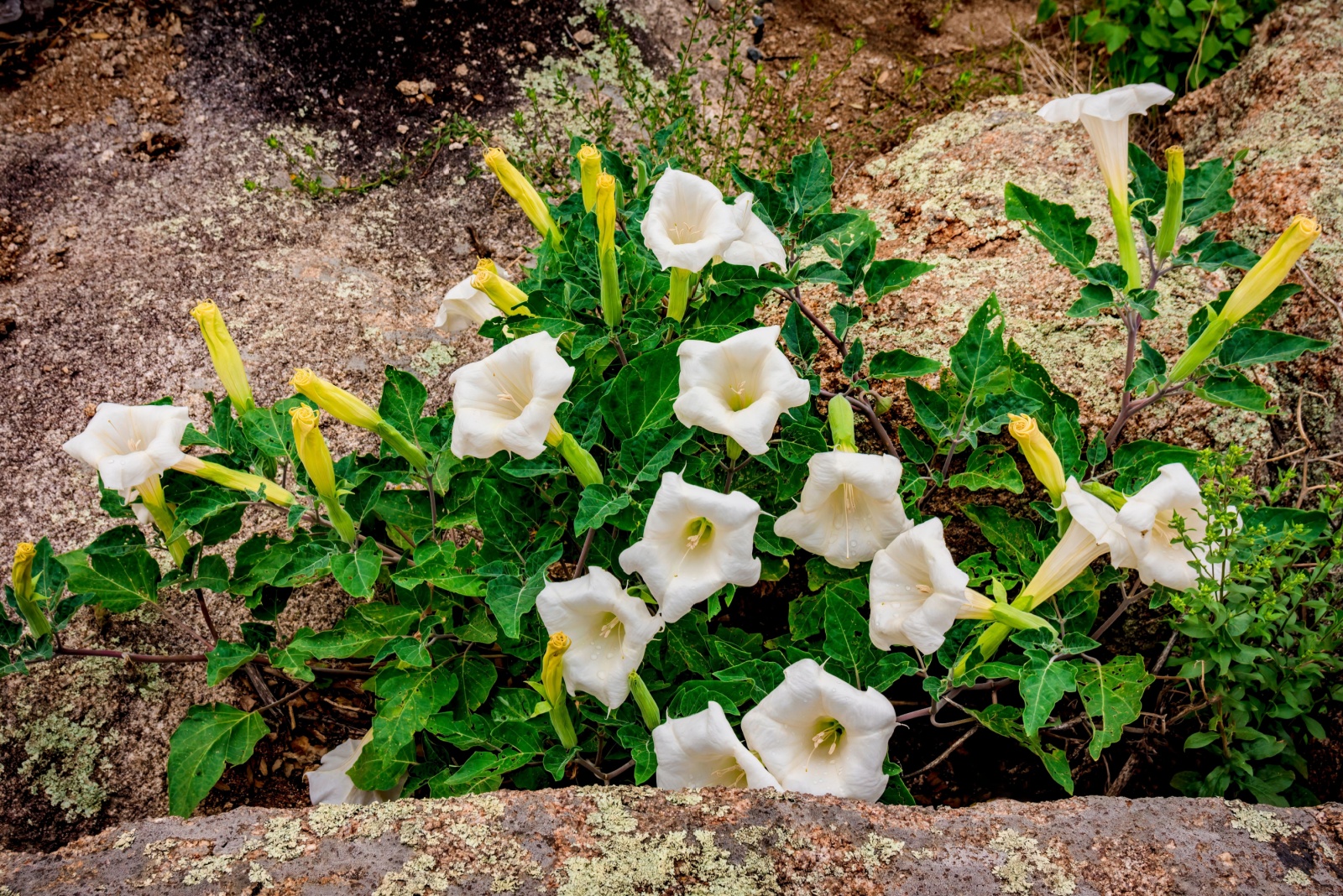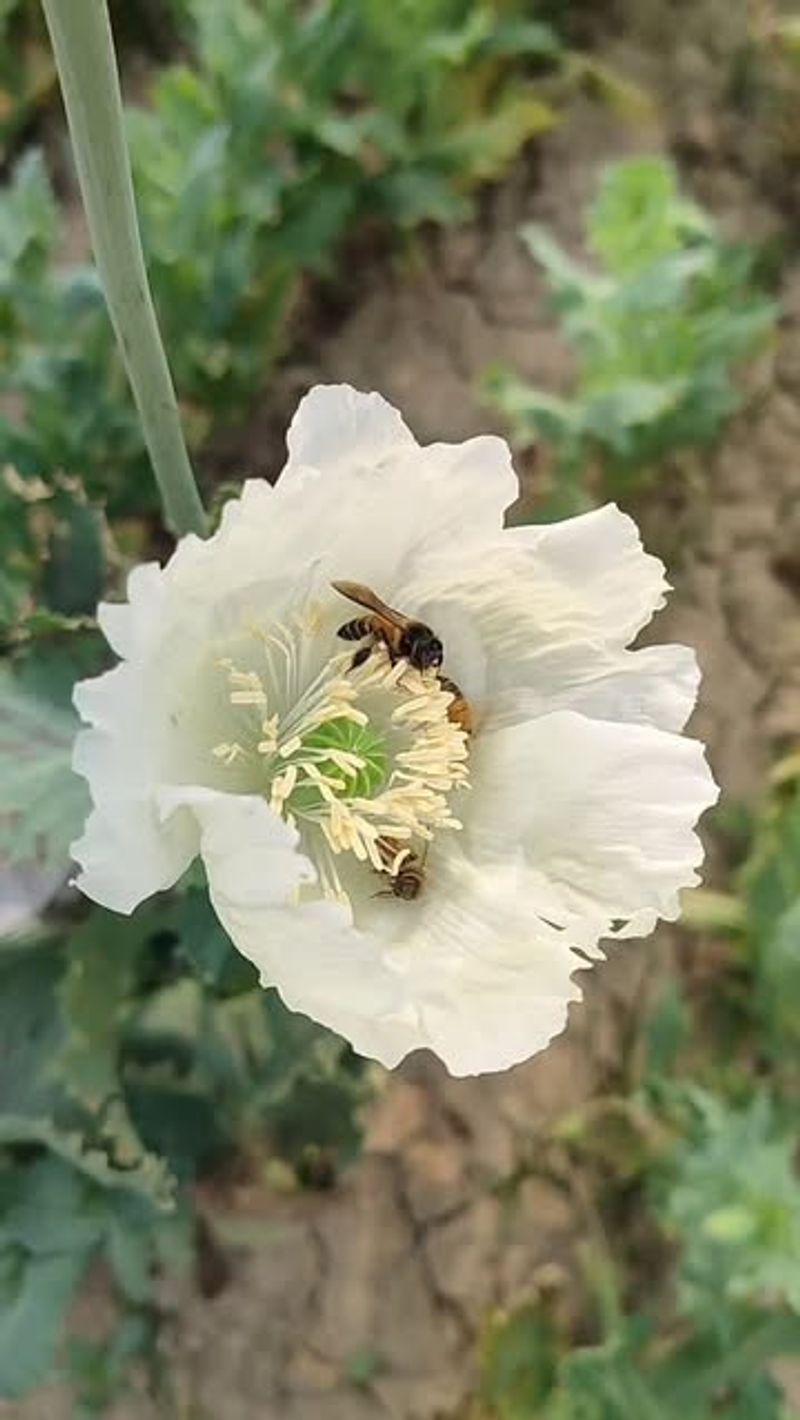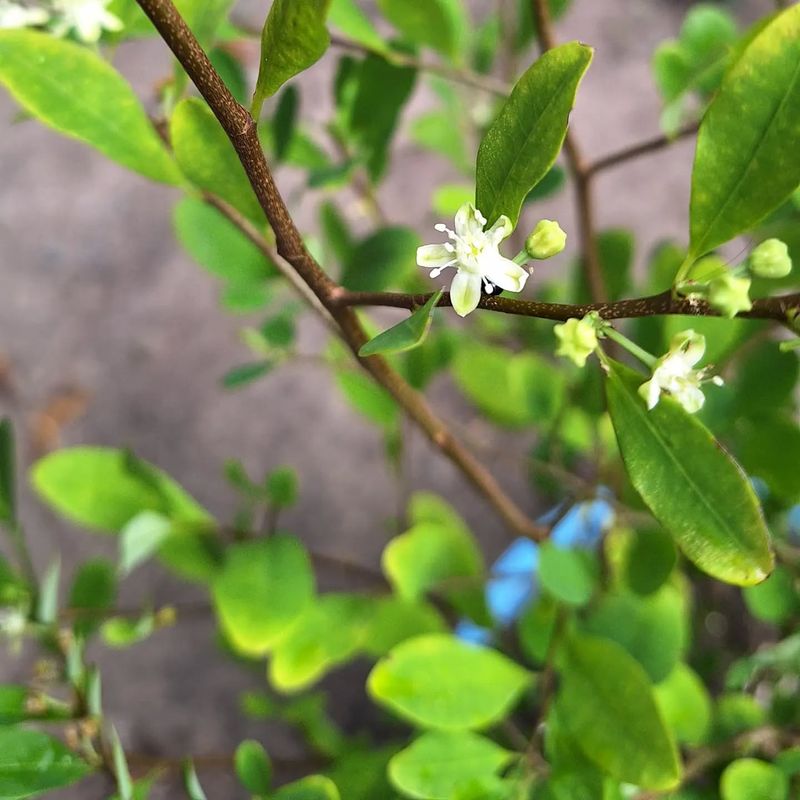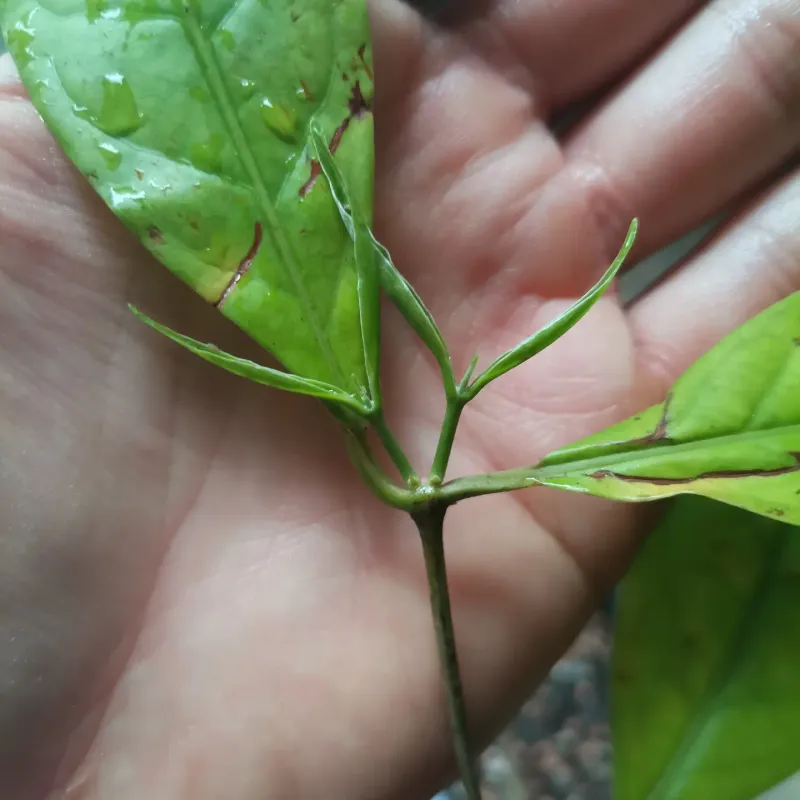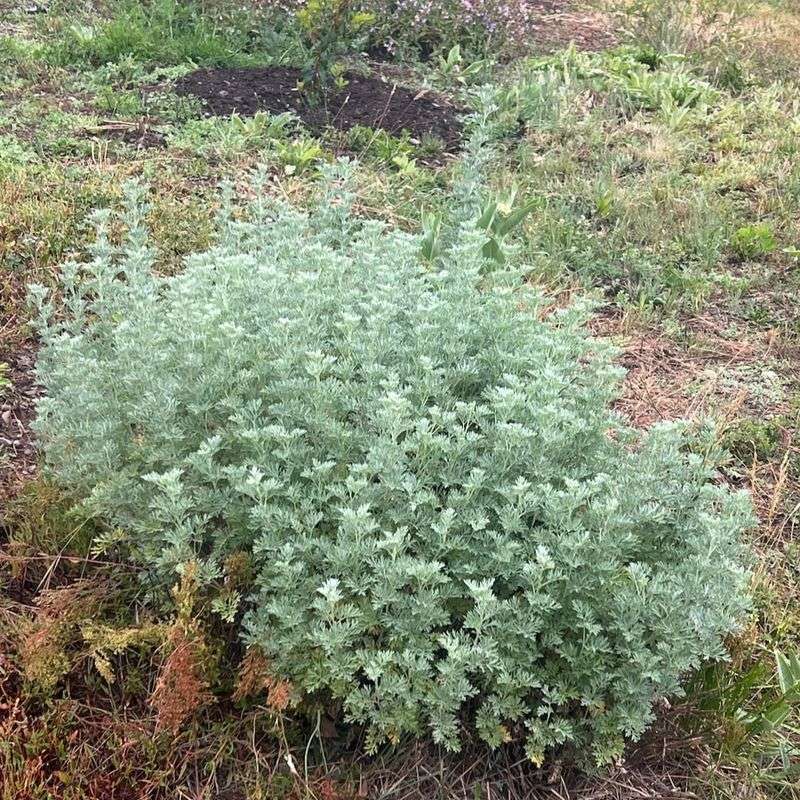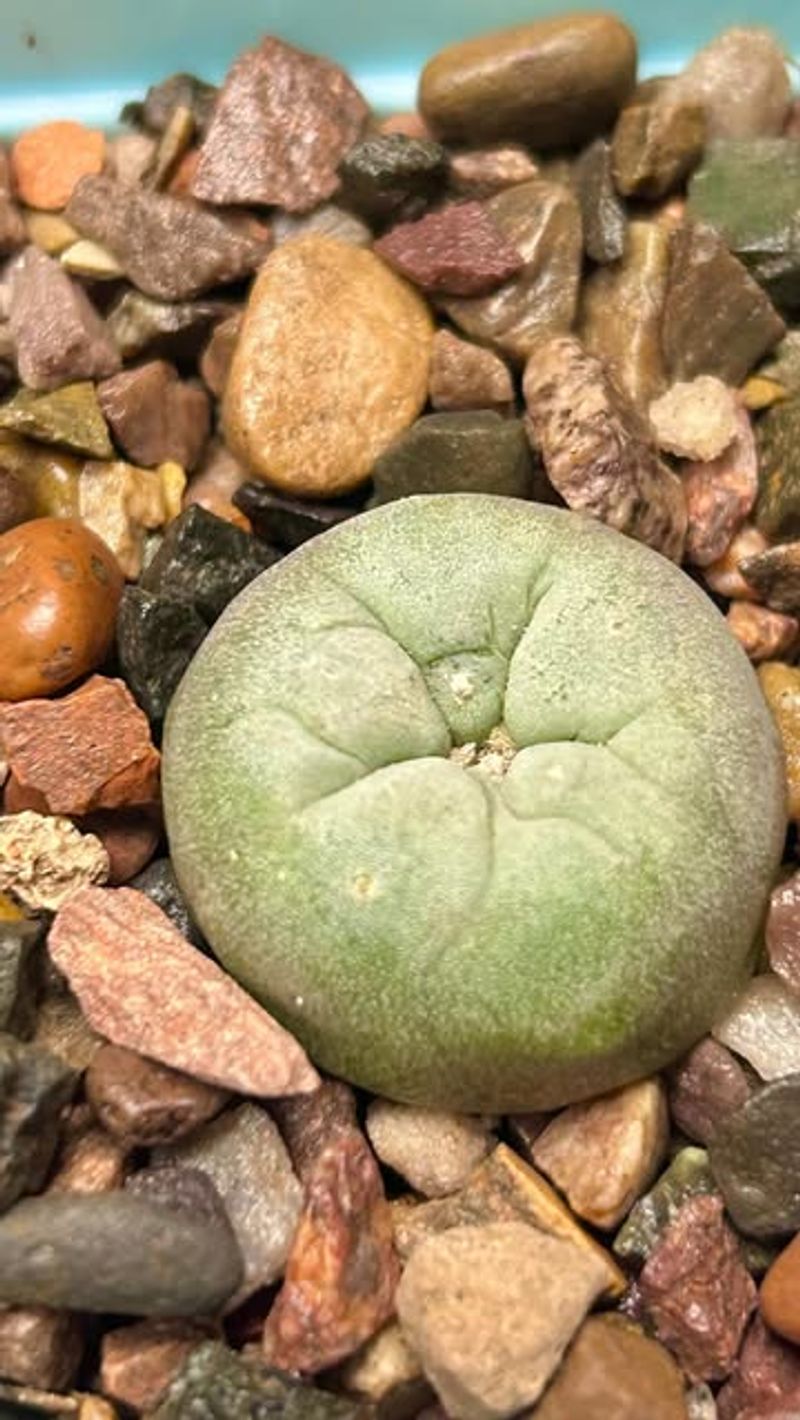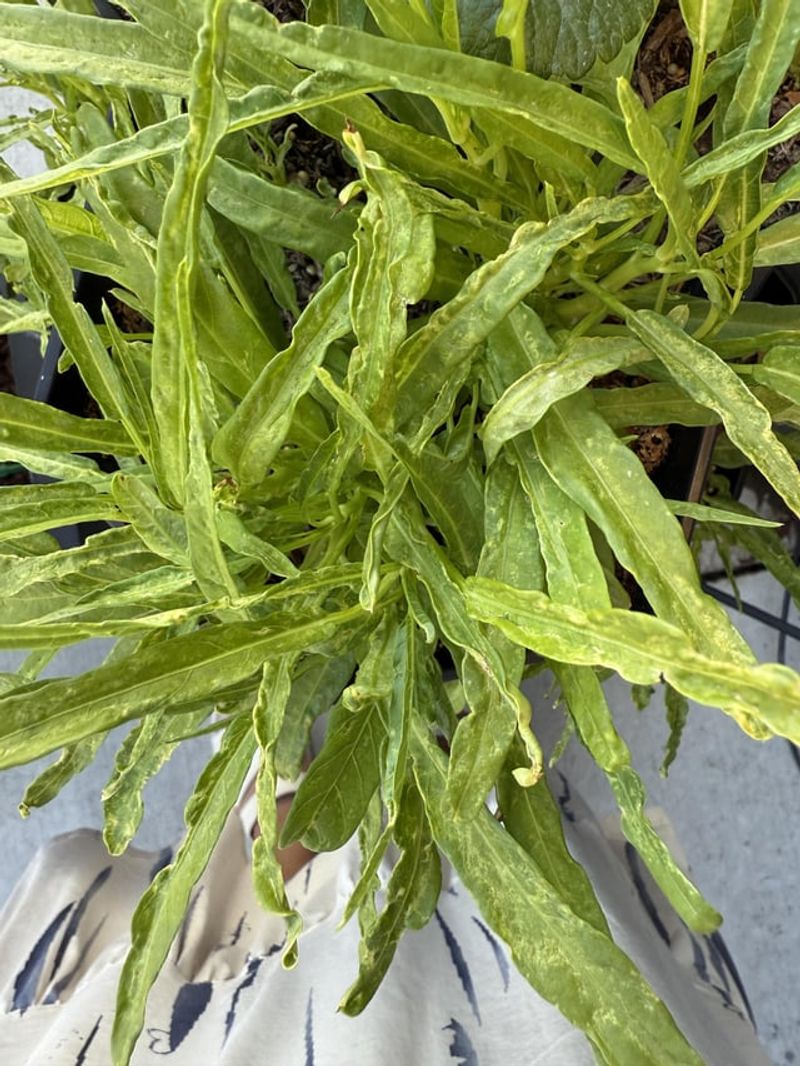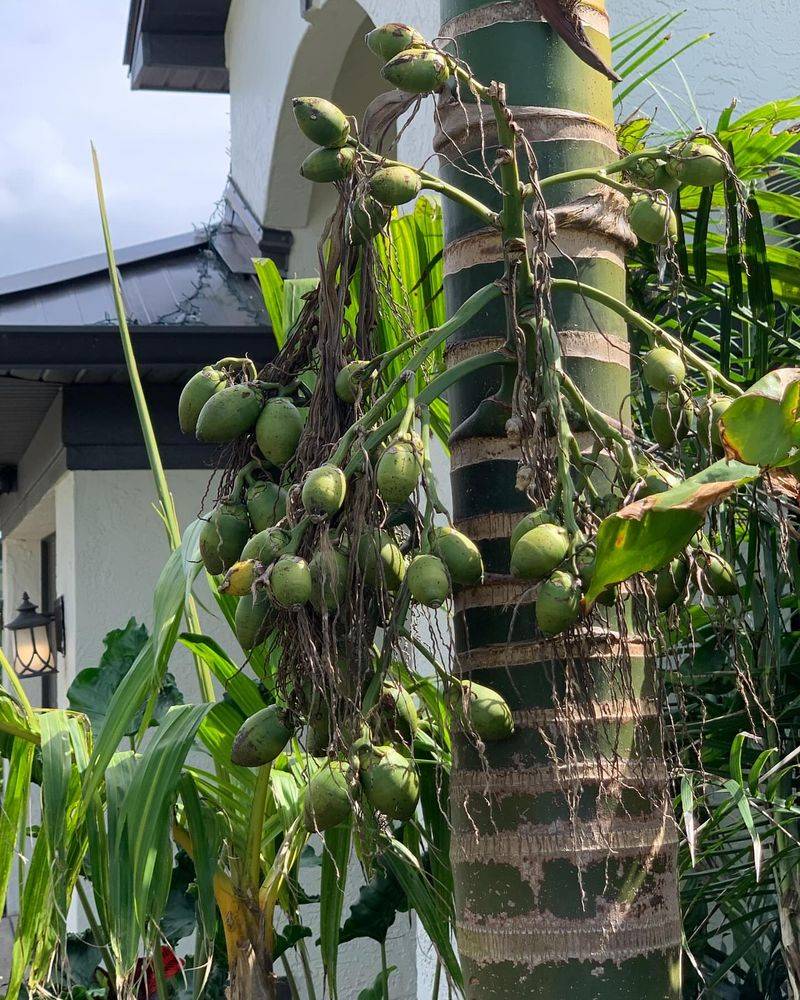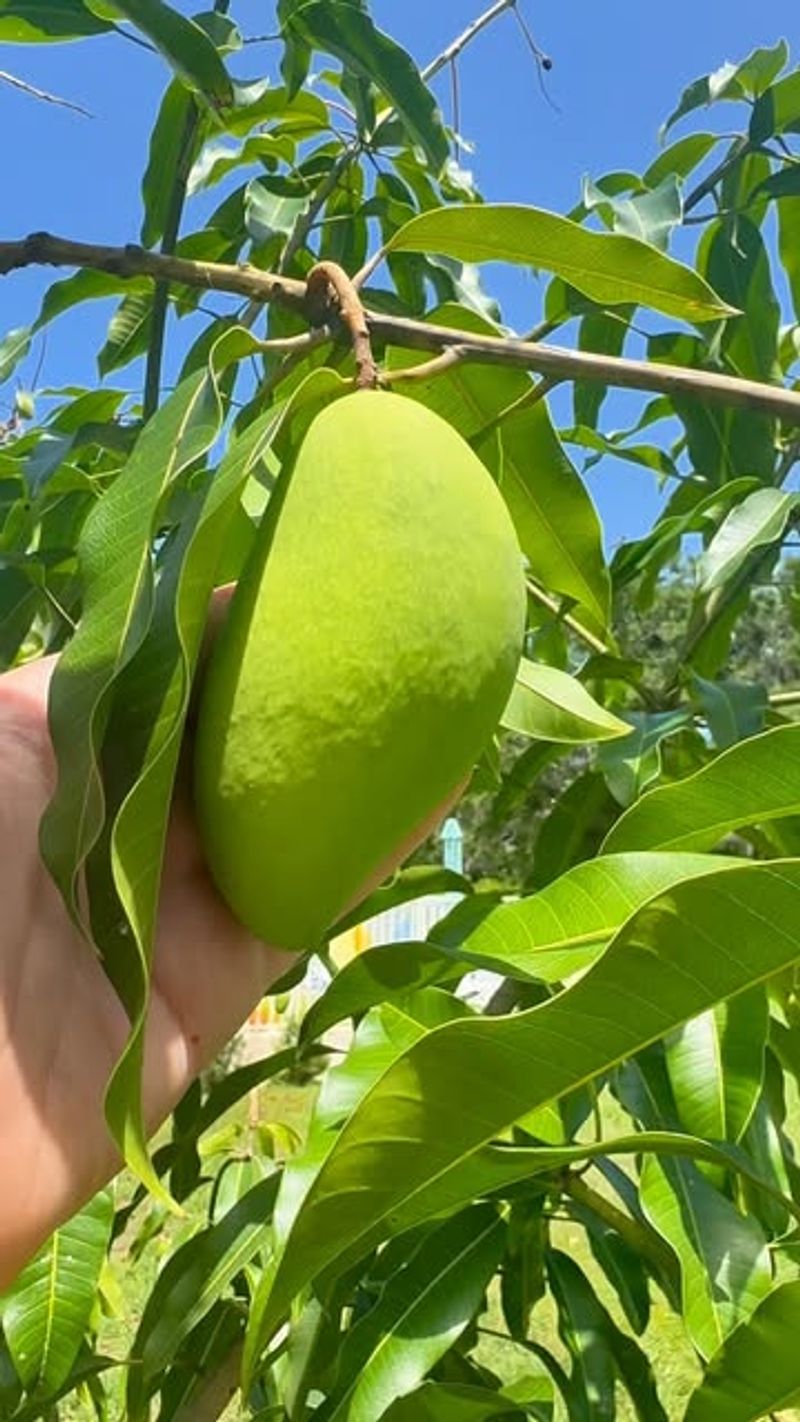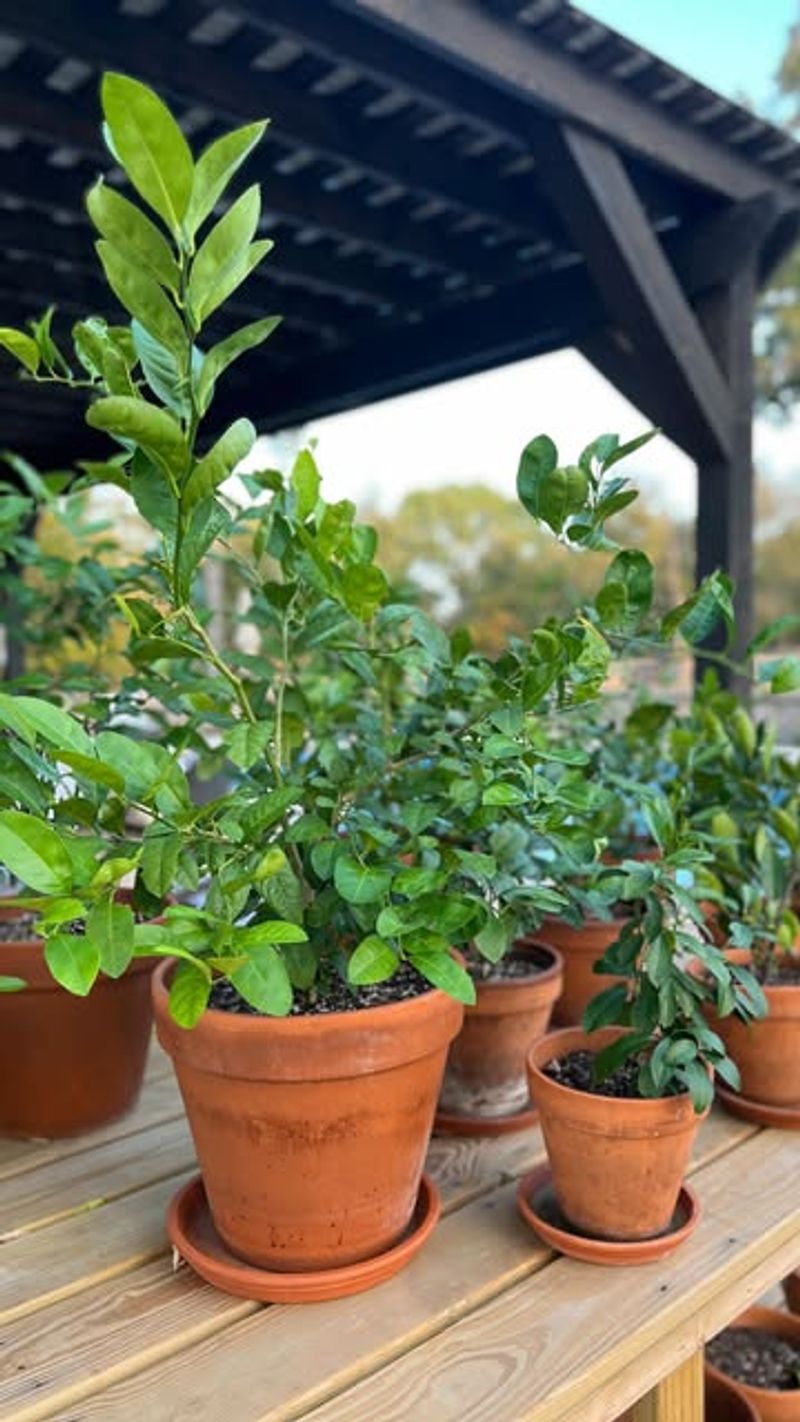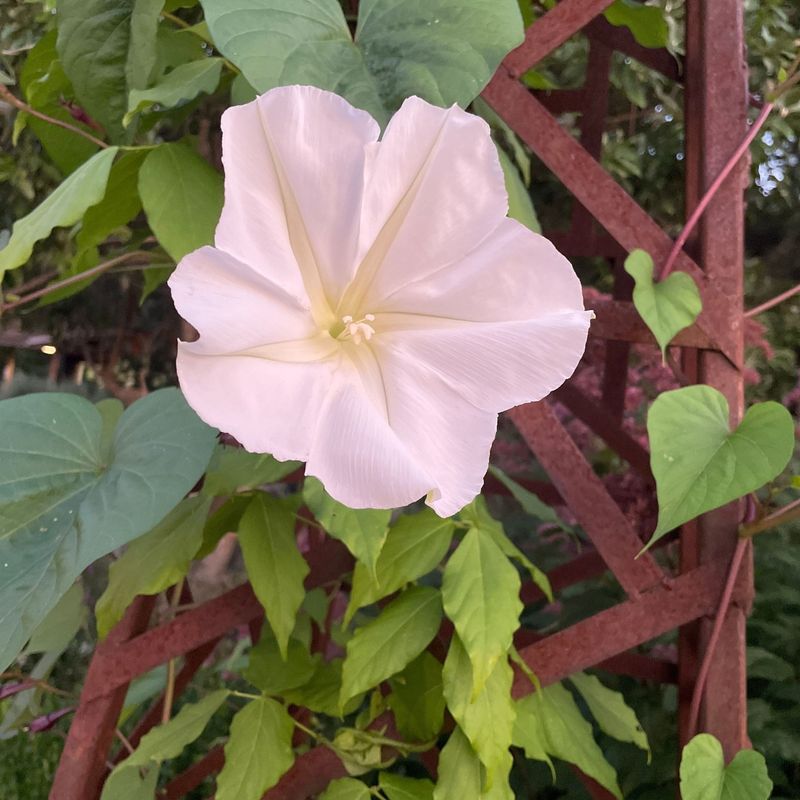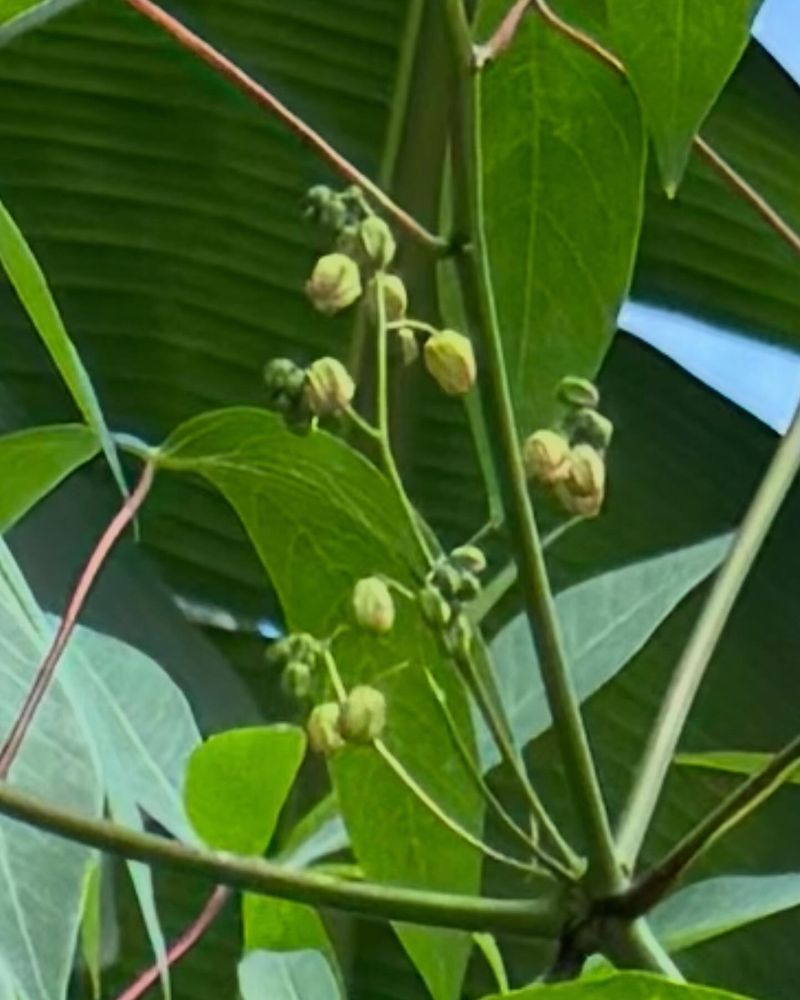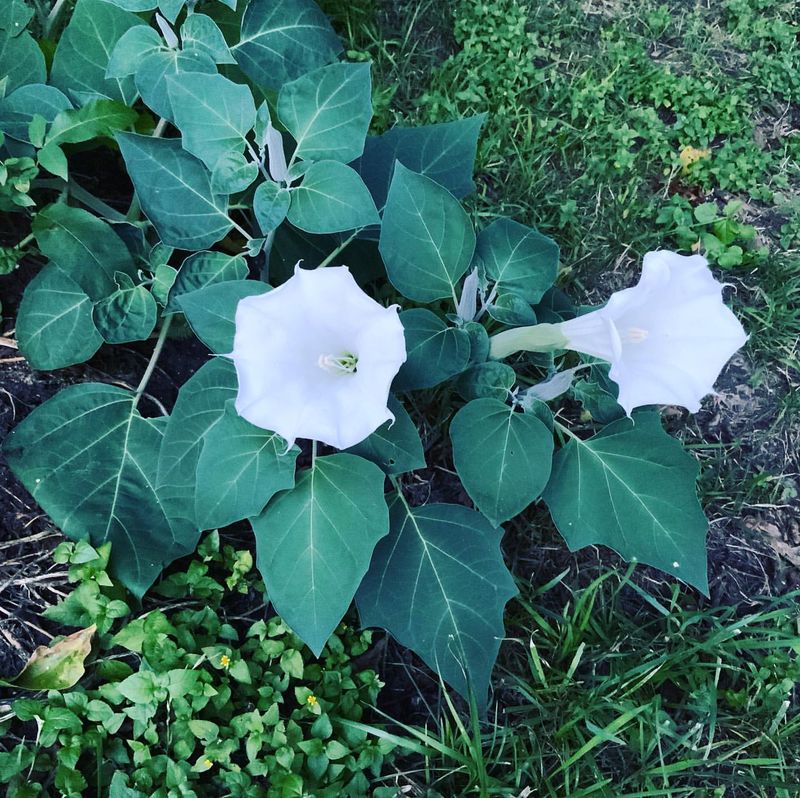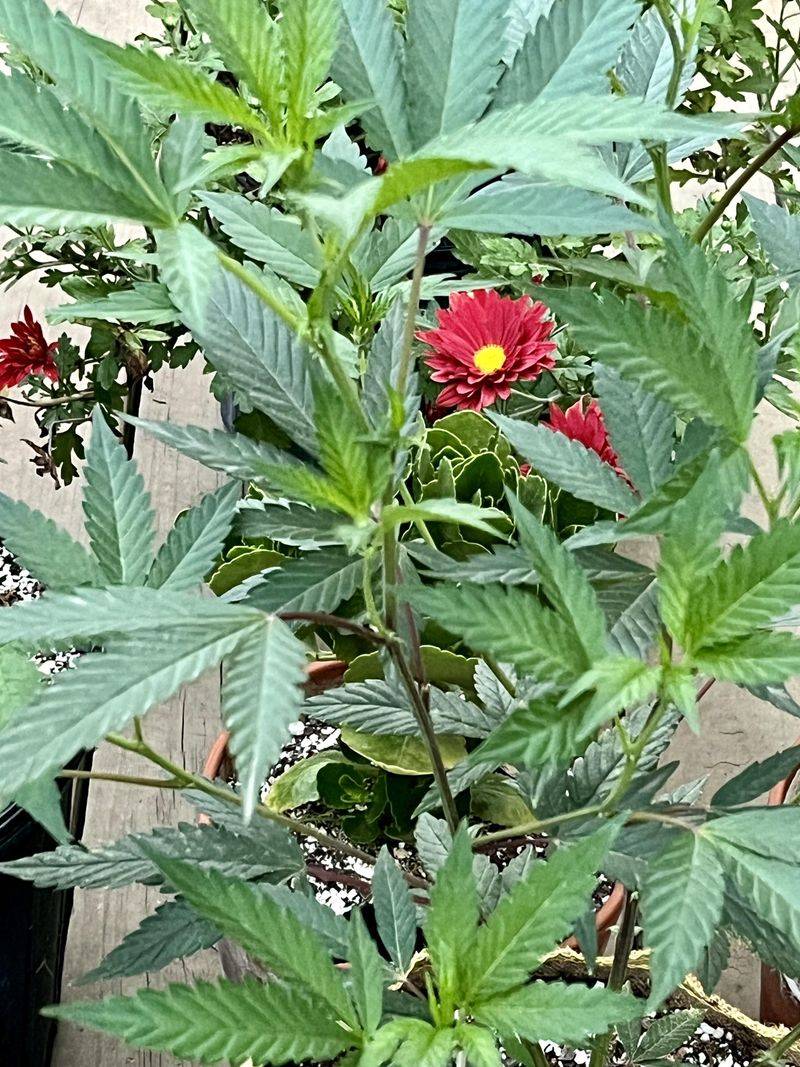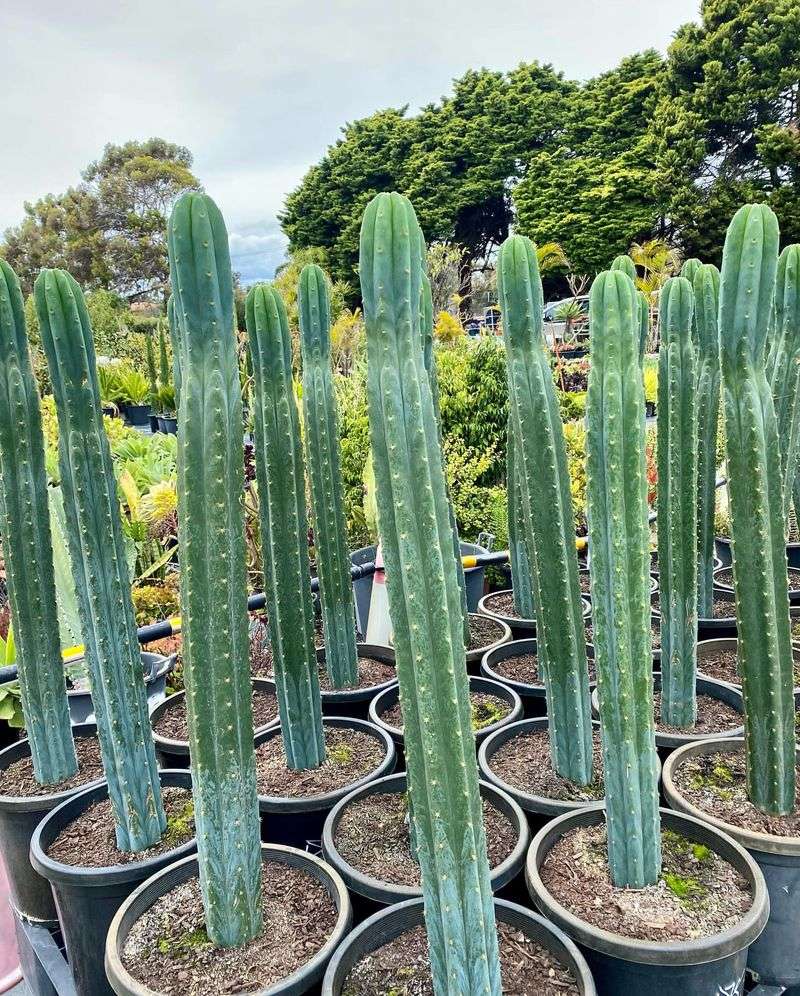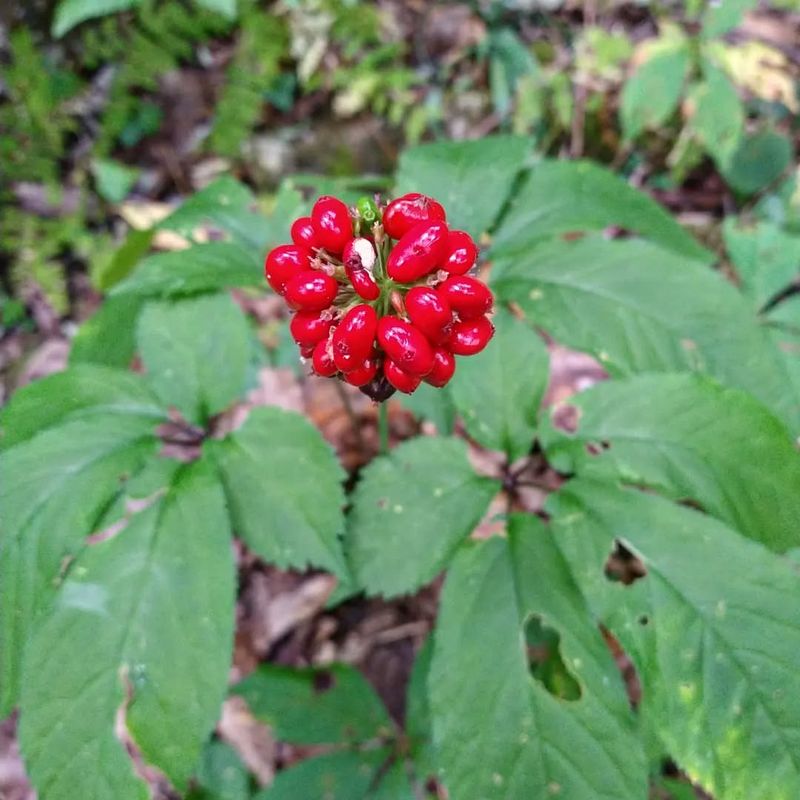Backyard gardening in Nevada isn’t just about surviving the desert heat and rocky soil. It also means navigating a web of state laws and agricultural rules. What you plant could have bigger consequences than you think.
Some plants are banned for good reason—whether it’s public safety, environmental impact, or protecting local farms. Even familiar or tempting varieties might be off-limits. It’s not just about what grows, but what stays safe.
Many gardeners are surprised to learn that certain crops can lead to fines or legal trouble. Before you dig in, it’s worth checking the list of restricted plants. A little research now can keep your garden thriving—and compliant.
1. Opium Poppy
Despite their innocent beauty, these flowering plants contain narcotic compounds that make them strictly prohibited in Nevada backyards. The papaver somniferum variety specifically is classified as a Schedule II controlled substance.
Federal law enforcement doesn’t typically target gardeners with a few decorative poppies, but intentional cultivation could result in serious legal consequences. The distinction between ornamental and opium varieties often confuses gardeners.
I once mistakenly purchased these seeds online, not realizing their controlled status until reading about a neighbor’s run-in with authorities over their garden. Nevada’s strict drug enforcement makes these pretty but problematic plants best avoided.
2. Coca Plant
Growing coca plants (Erythroxylum coca) is federally prohibited across all states including Nevada. These tropical shrubs contain alkaloids used to produce cocaine, making them a target for strict enforcement by both state and federal agencies.
The plants require humid conditions unlike Nevada’s arid climate, but indoor cultivation attempts have been prosecuted. Penalties for growing coca plants can include years of imprisonment and substantial fines under drug manufacturing laws.
Some gardeners mistakenly believe small-scale growing for traditional tea is permitted, but any cultivation of these plants puts Nevada residents at serious legal risk regardless of the intended purpose.
3. Khat Shrub
This East African shrub contains cathinone, a stimulant similar to amphetamines, making it illegal under both Nevada state law and federal regulations. The plant’s leaves are traditionally chewed for their energizing effects in countries like Somalia and Yemen.
Nevada’s climate actually suits khat cultivation, which concerns law enforcement agencies. Possession or growing of this plant can result in the same penalties as other controlled substances.
During my research on desert-tolerant plants, several nursery owners mentioned turning down requests for khat seedlings from customers unaware of its prohibited status. The plant’s cultural significance doesn’t exempt it from strict Nevada growing restrictions.
4. Absinthe Wormwood
Artemisia absinthium contains thujone, a compound strictly regulated by the FDA and Nevada Department of Agriculture. Growing this plant for producing homemade absinthe violates both federal alcohol laws and state agricultural regulations.
Surprisingly, the plant itself isn’t entirely illegal, but cultivation specifically for absinthe production is prohibited. Nevada’s enforcement focuses on preventing unregulated alcohol production from backyard herbs.
A local gardening club member shared how authorities investigated her medicinal herb garden after she posted online about making wormwood tea. The fine line between ornamental growing and illegal production makes this plant particularly problematic in Nevada yards.
5. Peyote Cactus
Federal law classifies Lophophora williamsii as a Schedule I controlled substance due to its mescaline content. Nevada strictly enforces this prohibition, making backyard cultivation illegal regardless of the grower’s intentions.
An exception exists for members of the Native American Church who use peyote in religious ceremonies, but this exemption doesn’t extend to home gardening. The slow-growing cactus naturally suits Nevada’s climate, which concerns enforcement agencies.
Cactus collectors often unknowingly violate the law when acquiring rare specimens that include this prohibited plant. Nevada’s proximity to the Southwest, where these cacti naturally grow, has resulted in increased enforcement compared to other states.
6. Water Spinach
Also known as kangkong or Ipomoea aquatica, this popular Asian vegetable is classified as a federal noxious weed. Nevada’s Department of Agriculture strictly prohibits its cultivation due to its invasive potential in waterways.
The plant’s aggressive growth habit threatens native aquatic ecosystems throughout the American Southwest. Even growing it in contained water gardens risks accidental spread through seeds or cuttings.
Many Asian grocery stores in Las Vegas sell water spinach imported from states with special permits, leading gardeners to mistakenly believe they can grow it themselves. Nevada’s waterways are particularly vulnerable to invasive species, making enforcement of this prohibition especially rigorous.
7. Betel Nut Palm
Areca catechu palms produce betel nuts containing arecoline, a stimulant that’s raised regulatory concerns. While not explicitly outlawed in Nevada, growing these palms for betel nut production falls under scrutiny from both health and agricultural authorities.
Nevada’s climate actually permits outdoor cultivation in sheltered locations, particularly in southern areas near Las Vegas. The FDA has issued import alerts for betel products, complicating the legal status of homegrown specimens.
A gardening enthusiast in Henderson shared that his betel palm was flagged during a routine inspection because officials suspected it was being grown for producing chewing mixtures. The ambiguous regulations surrounding this plant make it a questionable choice for Nevada gardens.
8. Miracle Fruit Plant
Synsepalum dulcificum contains miraculin, a compound that temporarily alters taste perception. While the plant itself isn’t illegal, Nevada’s agricultural regulations restrict plants that could potentially affect agricultural markets or consumer behavior.
The FDA’s ambiguous stance on miraculin has created a regulatory gray area that Nevada officials interpret conservatively. Growing these plants commercially without proper permits violates state agricultural codes.
During a Las Vegas home garden tour, I noticed several participants discussing their “secret” miracle fruit plants kept indoors away from official scrutiny. The plant’s novelty appeal makes it popular despite the unclear regulations surrounding its cultivation in Nevada.
9. Restricted Citrus Trees
Certain citrus varieties face strict growing regulations in Nevada to prevent the spread of devastating diseases like citrus greening. The Nevada Department of Agriculture requires permits for growing many citrus species, especially those from out-of-state sources.
Moving citrus plants across county lines without proper documentation violates state agricultural codes. These restrictions aim to protect commercial citrus operations and existing trees from potentially catastrophic pathogens.
Last year, a neighborhood citrus exchange in Henderson was shut down when officials discovered unpermitted trees being traded among residents. Even common varieties like Meyer lemons require proper certification to legally grow in Nevada backyards.
10. Moonflower Vine
Datura inoxia, commonly called moonflower, contains dangerous tropane alkaloids that have prompted restrictions in Nevada gardens. All parts of this night-blooming plant contain compounds that can cause hallucinations, respiratory distress, or even death.
Nevada’s poison control centers report several cases annually of accidental poisoning from ornamental datura plants. While not completely banned, growing these plants in accessible areas, especially where children might encounter them, can violate public safety ordinances.
A Henderson gardener faced citations after neighborhood children became ill from handling her decorative moonflowers. The plant’s toxicity combined with its attractive appearance makes it particularly concerning to Nevada health officials.
11. Bitter Cassava
Manihot esculenta varieties containing high levels of cyanogenic compounds face cultivation restrictions in Nevada. These bitter cassava types require extensive processing to be safe for consumption, raising public health concerns when grown in home gardens.
Nevada’s Department of Health has issued warnings against backyard cultivation of high-cyanide cassava varieties. The sweet cassava commonly sold in stores differs from these more toxic varieties that some gardeners unknowingly attempt to grow.
After researching drought-resistant crops for Nevada, I discovered that several agricultural extension offices specifically advise against planting bitter cassava due to both safety concerns and the plant’s potential to become invasive in certain microclimates around the state.
12. Sacred Datura
Datura wrightii, native to the Southwest, contains powerful hallucinogens that have placed it under regulatory scrutiny in Nevada. This wild relative of moonflower and jimsonweed contains concentrated tropane alkaloids in all plant parts.
Growing sacred datura specifically for its psychoactive properties violates Nevada controlled substance laws. The plant naturally occurs in some Nevada areas, but deliberately cultivating it for consumption is prohibited.
A Nevada master gardener reported that several native plant enthusiasts had their gardens inspected after posting online about their sacred datura specimens. The fine line between wildscape gardening and illegal cultivation creates confusion for those interested in native species.
13. Unauthorized Hemp
Growing Cannabis sativa varieties, even non-psychoactive hemp, requires specific licensing in Nevada. The state’s tightly regulated hemp program demands permits, inspections, and compliance with strict THC testing protocols that most backyard gardeners cannot meet.
Cultivating hemp without proper authorization is treated similarly to growing marijuana illegally. Many gardeners mistakenly believe low-THC varieties can be grown without permits since the 2018 Farm Bill legalized hemp federally.
Nevada’s enforcement particularly targets plants visible from public areas. A Reno homeowner faced significant fines after growing decorative hemp in their front yard garden, despite having no intention of harvesting it for any products.
14. San Pedro Cactus
Trichocereus pachanoi contains mescaline, placing it in a complicated legal position similar to peyote. While often sold as ornamental cacti in Nevada nurseries, growing them specifically for mescaline extraction violates controlled substance laws.
The distinction between ornamental and intentional drug cultivation creates enforcement challenges. Nevada authorities generally don’t target obvious landscaping uses but monitor sales and growing patterns of these popular desert plants.
When visiting a cactus specialty nursery outside Las Vegas, the owner quietly mentioned that they require ID for San Pedro purchases due to increased scrutiny from Nevada law enforcement. This common landscaping plant exemplifies the legal gray areas many Nevada gardeners unwittingly navigate.
15. Wild American Ginseng
Panax quinquefolius faces strict harvesting and cultivation regulations to prevent overharvesting of this valuable medicinal plant. Nevada requires permits for growing ginseng commercially, with documentation tracking each plant from seed to harvest.
Backyard cultivation without proper licensing violates state conservation codes designed to protect wild populations. The high market value of ginseng root has led to increased regulatory oversight, even for small-scale growers.
A gardening club member in northern Nevada shared how her medicinal herb garden was inspected after she mentioned growing ginseng on social media. The plant’s protected status makes it one of the most closely monitored herbal crops in Nevada’s regulatory system.

